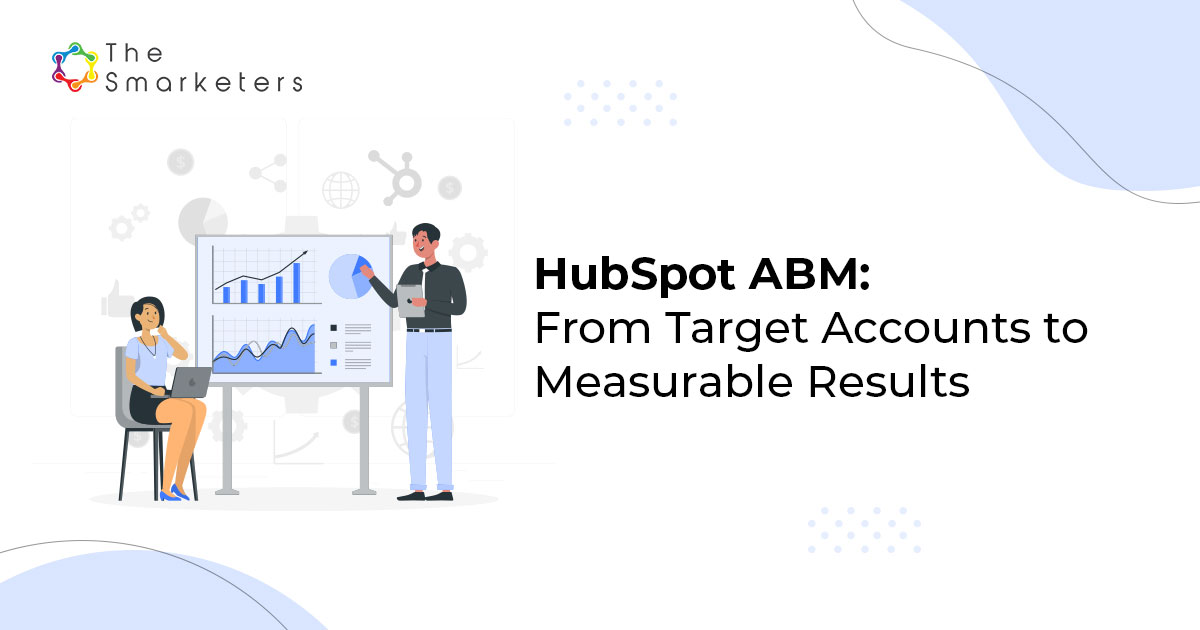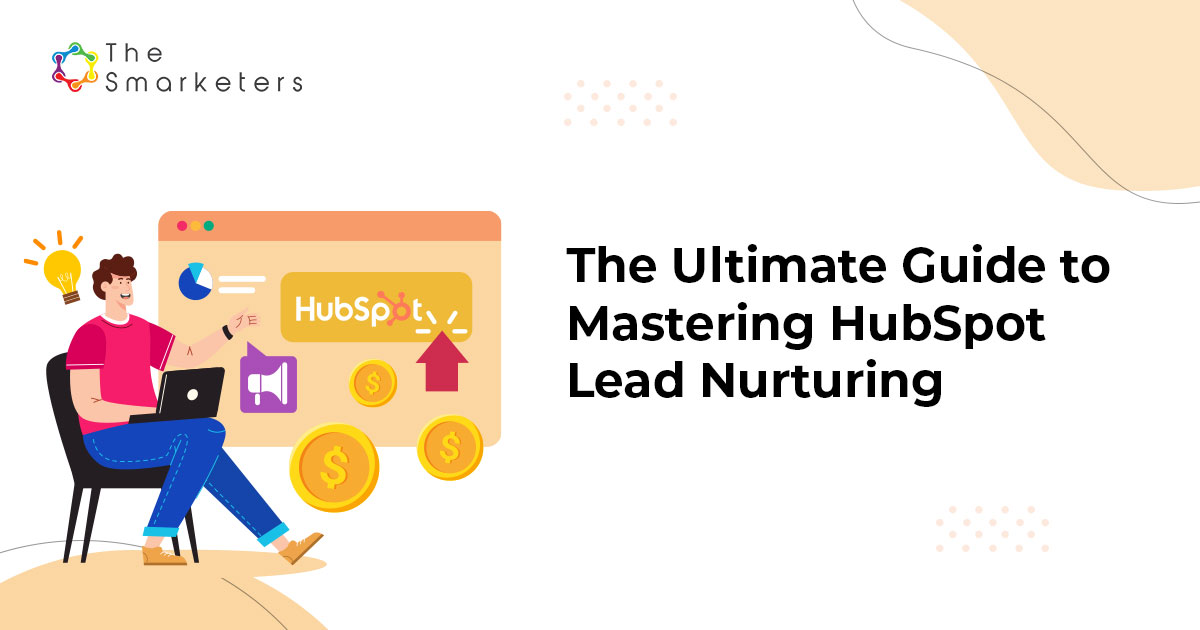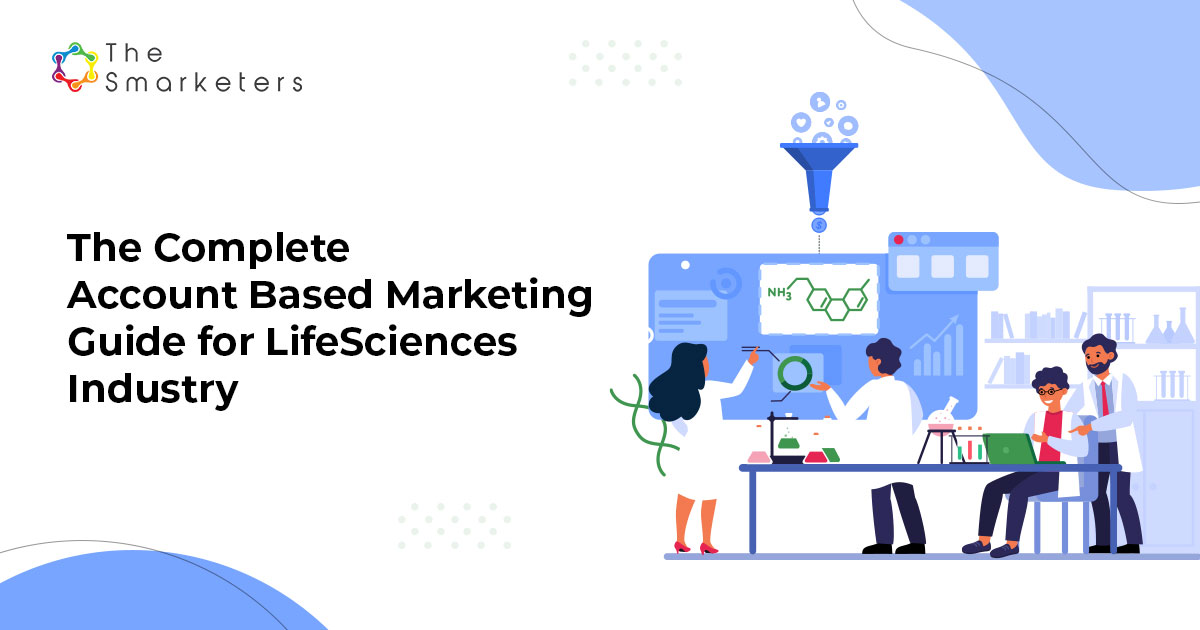Nowadays, marketers are bestowing their trust in account-based marketing (ABM). What’s the reason? ABM Campaign actually converts! It’s not only me but 87 percent of the marketers who say that ABM produces higher ROI than other traditional marketing strategies. The reasons for the success can be many – micro-targeted approach, suitable & compelling content, data-driven decisions, and so on. But one factor, that triumphs all over these – sales and marketing alignment.
ABM is not just about marketing or sales; it’s a deadly combination of both these wings. The salespeople bring in insights and the marketing experts target accounts based on these insights. As you can see, it’s a collective approach that produces results. You cannot rely on one and assume you will close accounts. So the question arises – how do you align sales and marketing to achieve ABM campaign goals?
This is our topic of discussion in this blog post. We will discuss ways to strike a perfect balance between sales and marketing. And once you are aware of these, you can rope in higher conversions than you usually can’t do with traditional demand generation strategies. Now let us straightaway discover the ways to bring sales and marketing on the same track.
How can Marketing Team help?
1. Create and manage relevant content
The marketing guys are responsible for creating compelling and actionable content that resonates with the accounts. After all, content is necessary for the sales team to initiate a conversation with the prospects. The content must be woven according to the buyer’s persona.
For example, if the prospect is comparing products, the sales reps should communicate the benefits of using their product or service. So the marketers are responsible for creating a perfect copy that caters to the buyer’s needs.
Moreover, marketers must ensure that salespeople can easily access this information. For example, storing content on Google Drive ensures a centralized, organized database, accessible to everyone.
2. Explain the content
Creating personalized content is half work done. Now the marketers have the responsibility of explaining it to the sales folks. Unless salespeople know the applicability of content, they won’t be able to use it appropriately. The marketer must sit with them and take an effort to explain the intricacies of the content. Not only this, but the sales people must know how to use content throughout the buyer’s journey. Marketers, take a note!
3. Assess and transfer the leads
The ABM marketing campaign may acquire leads at different stages. Determine qualified and unqualified leads, and allot accordingly. Moreover, the sales team must know about the hot and cold leads. This will allow them to initiate a conversation accordingly.
The marketing automation intimates about the website interactions, lead acquisitions, and other parameters. You can keep the salespeople in the loop by setting up notifications. Let’s say when a lead comes in, a notification will be sent to both the marketing as well as the sales team.
How can the Sales Team help?
1. Share the lead’s status with the marketers
Since marketers are responsible for creating personalized content, they should know the lead status, whether the lead is hot or not. When marketers have enough insights, they will be able to target the account with the right content at the right time. It’s the duty of the sales team to work on the leads and pass on the information at the moment deemed right.
The prospects may raise a doubt or concerns with the sales executives. This can be a turning point because if the marketers are able to clarify doubts by showcasing suitable content in the ABM campaign, the probability of closing the sale will increase. Therefore, salespeople must be agile enough to identify the roadblocks and communicate the same with the marketers.
2. Identify the target accounts
Do you already know key accounts that can be your prospects? If yes, the marketers should know about these accounts. The marketers can assist you in closing these accounts by creating targeted campaigns. As you can see, the marketers are not solely responsible for gathering the leads. The salespeople have an equal say. This is a classic example of the much-needed alignment between sales and marketing.
Moreover, be transparent about the lead’s status. If the lead turns cold, communicate the same to the marketing team. This will help marketers in restructuring their approach.
When Marketing and Sales Unite…
1. Use Marketing & Sales Automation Tools
The integration of software and tools is an obligation in the current times. And if you talk about marketing and sales, almost everything is driven by technology; whether it’s marketing campaigns, sales, or CRM operations. In ABM, the integration of automation tools promotes coordination between the marketing and sales department.
So whether it’s assessing key performance indicators (KPIs), analyzing prospect’s behavior, categorizing, transferring, and managing leads, or simply conducting an online meetup; automation tools allow sales and marketing individuals to carry out their respective tasks in a collaborative environment.
2. Collaborate to Curate Content
Content plays a key role in closing target accounts in ABM. As specified earlier, creating personalized content requires immense inputs, both from the marketing and sales sides. They must collaborate to develop content that actually persuades the buyers. The marketer holds the pen while the salesperson fills ink in the refill. Together, they write the content on the paper, apt enough to persuade the buyer.
Content development is necessary to communicate customer value propositions to the right audience at the right time. It starts with content development. Later, you have to alter content according to the buyer’s journey and the buyer’s response. While the marketing team manages content, it’s the sales team that provides valuable insights to keep content up to the mark.
3. Work Together on Lead Nurturing
Invariably, the sales team is responsible for lead nurturing, and therefore, they are the ones who can provide customer insights to the marketing team. For example – are the leads qualified or not, is the content relevant as per context, does a particular ABM campaign has an effect on buyers, and so on. Right from lead hand-offs to lead conversions, sales reps gather buyer’s insights that can actually help the marketers to tailor ABM campaigns according to situations.
At the same time, the marketing team is responsible for furnishing all the details to the sales team. The most important aspect is delivering relevant content at the right time at the right place. While you are doing your best to develop content, ensure the salespeople are in the loop.

The salespeople may already have information regarding key accounts. In this case, they can sit down with the marketing guys and strategize an ABM campaign to target these accounts. Here lies an opportunity and there is a high probability of closing the lead. But coordination between sales and marketing is a must.
Similarly, marketing people can utilize inbound marketing strategies, or any other strategies, to mine the leads. For example, SEO efforts can bring in potential customers. You can further bring them down the funnel, hand them over to the salespeople, and launch targeted ABM campaigns to close the sale.
5. Measure and Optimize
You need to measure and analyze every aspect of ABM, whether it’s marketing metrics or sales metrics. This is how you will know about the best-performing strategies as well as tweaks necessary to optimize your campaigns. Since marketing and sales have access to tools to compile data and measure KPIs, optimizing ABM campaigns becomes easier and more effective. But again, a collaboration between sales and marketing is mandatory to close key accounts and generate sales.
Sales + Marketing = Successful ABM Campaign!
To conclude, we can say that sales and marketing have equal responsibilities in ABM. The performance of the marketing team affects sales and vice-versa. Therefore, it is crucial to tune marketing and sales strings so that you can play a perfect chord.
If you are new to ABM, it is advised to take baby steps before implementing campaigns on a large scale. Once you have learned to align sales and marketing teams, you can reap maximum benefits using Account-based marketing strategies.











